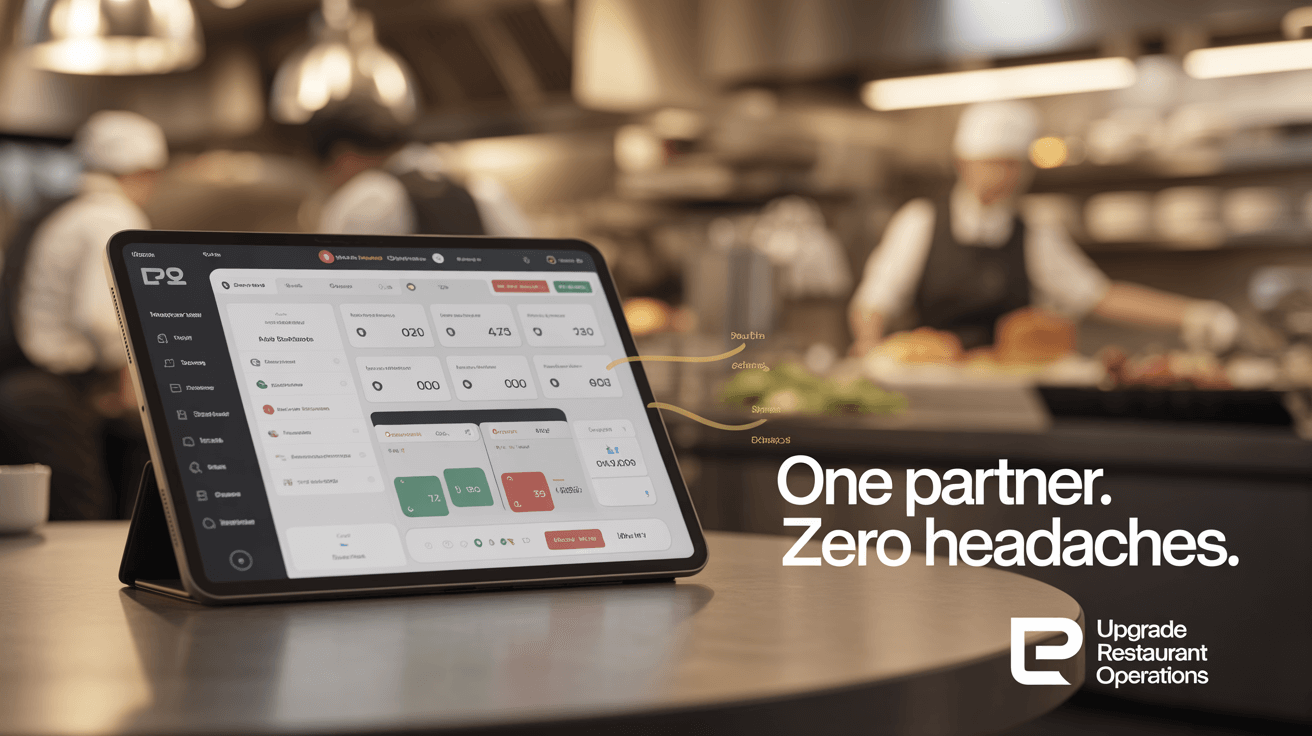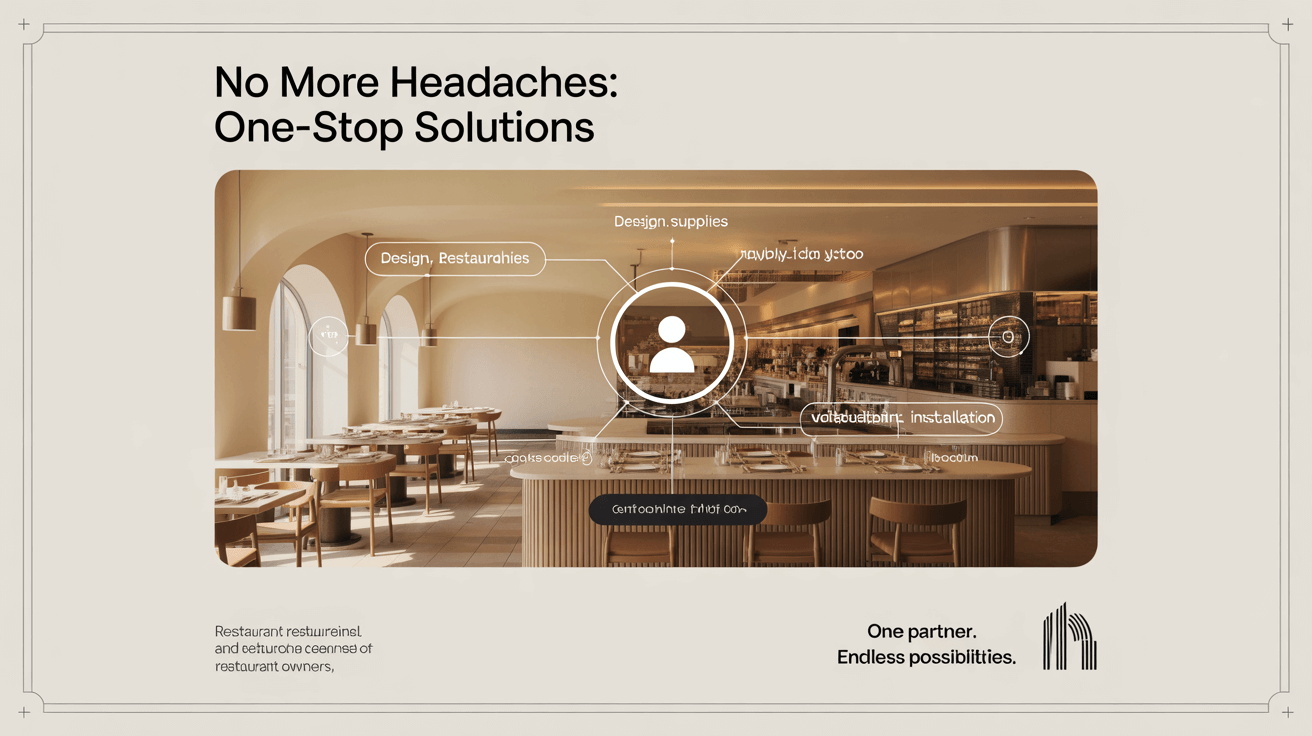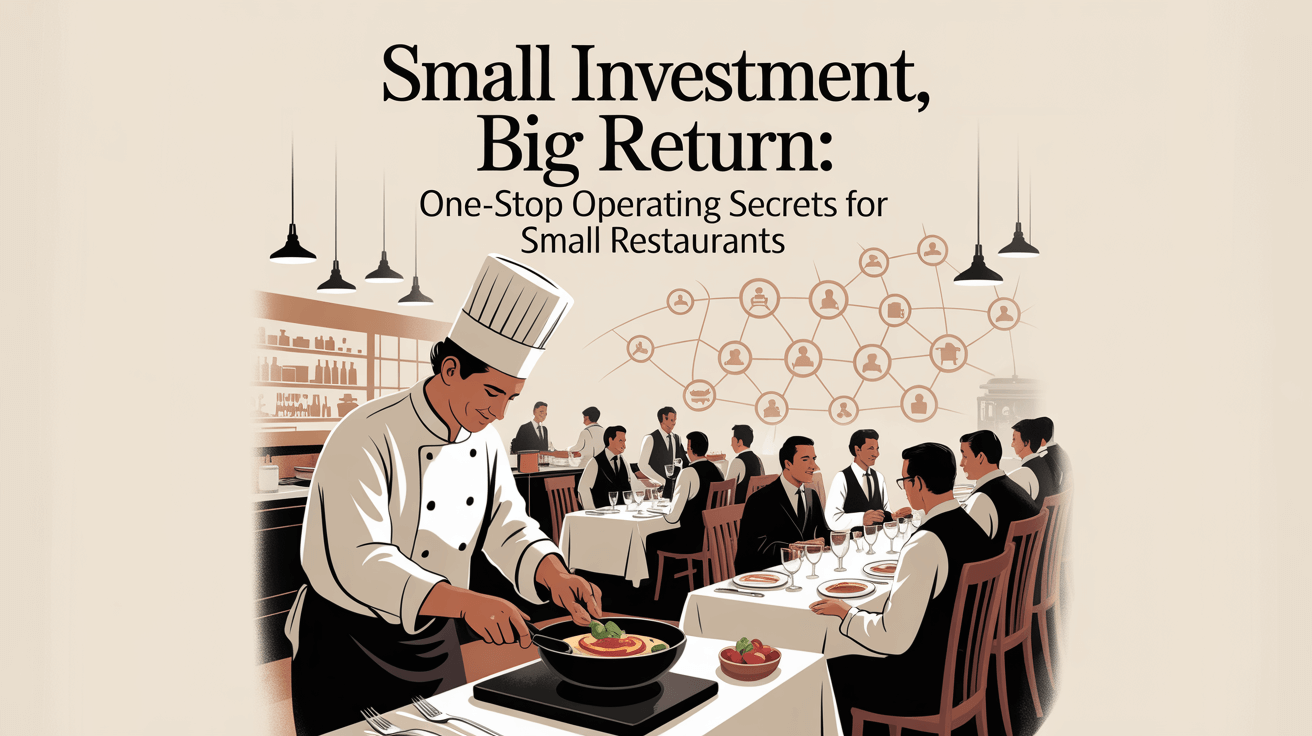Why Ergonomics Matter in Restaurant Seating explains how thoughtful chair and booth design boosts comfort, health, and sales. But here’s the kicker… ergonomic seating keeps guests happy and spending more.
1. Supportive Seat Heights
● Choose 17″–19″ heights fitting most adults
● Ensure feet rest flat on floor surfaces
● Avoid seats too high or too low for strain
● Test prototypes with varied guest samples
Ready for the good part? correct heights reduce fatigue.
| Seat Height Range | Benefit |
|---|---|
| 17″–19″ | Optimal posture support |
| <17″ or >19″ | Increased leg strain |
2. Contoured Backrests
● Angle backs at 95°–105° for lumbar support
● Use subtle curves following spine shape
● Provide high backs for acoustic privacy
● Combine foam grades for firmness and comfort
What’s the real story? curves encourage longer stays.
3. Padding and Cushion Density
● Use ILD 30–35 foam in seat cores
● Add 1″ top layer of softer foam
● Layer foam for zones of pressure relief
● Replace inserts every 2–3 years
This is where it gets interesting… precise padding avoids soreness.
4. Armrests and Side Supports
● Provide armrests at 8″–10″ above seat
● Avoid blocking aisle clearances
● Use padded rests matching upholstery
● Offer armless options in tight zones
But here’s the kicker… arm support eases upper-body tension.
| Armrest Height | Guest Benefit |
|---|---|
| 8″–10″ | Relaxed shoulder posture |
| Absent | Fits narrow aisles |
5. Breathable Upholstery
● Select mesh or perforated vinyl covers
● Avoid heat-trapping fabrics in summer
● Choose antimicrobial finishes
● Ensure easy wipe-clean properties
Ready for the good part? airflow keeps guests cool.
6. Stable Base and Anti-Tip Design
● Use wide steel or pedestal bases
● Add non-slip foot caps under legs
● Test wobble under 50 lb side load
● Anchor booths to floors when needed
What’s the real story? stability prevents spills and injuries.
7. Adjustable and Modular Options
● Offer barstools with gas-lift heights
● Use modular booths shifting configuration
● Employ removable backrests for cleaning
● Select tables with adjustable legs
This is where it gets interesting… adaptability matches varied guest needs.
| Feature | Flexibility Benefit |
|---|---|
| Gas-Lift Stools | Height personalization |
| Modular Booths | Rapid reconfiguration |
8. Encouraging Good Posture
● Use lumbar curves in back panels
● Avoid flat rigid seating for hours
● Provide footrests on high chairs
● Educate staff on posture reminders
But here’s the kicker… posture care reduces complaints.
9. Reducing Pressure Points
● Distribute weight across seat surface
● Use waterfall seat edges preventing thigh presses
● Layer zoned foam for tailbone relief
● Adjust firmness by bench zone
Ready for the good part? pressure relief boosts repeat visits.
10. Testing with Real Guests
● Conduct on-site seating trials
● Gather comfort ratings after meals
● Record feedback on support and height
● Iterate designs based on data
This is where it gets interesting… real feedback refines comfort.
| Test Metric | Target Value |
|---|---|
| Comfort Rating | ≥8/10 scale |
| Adjustment Requests | <5% of guests |
11. Impact on Dwell Time
● Comfortable seating increases length by 20%
● Guests order more when relaxed
● Longer stays boost average spend
● Ergonomics link directly to revenue
What’s the real story? comfort pays dividends.
12. Health and Wellness Benefits
● Reduces back and neck strains
● Encourages natural sitting alignment
● Lowers risk of discomfort complaints
● Positions your brand as caring
But here’s the kicker… wellness features build loyalty.
| Health Benefit | Guest Outcome |
|---|---|
| Lumbar Support | Decreased fatigue |
| Pressure Relief | Reduced soreness |
13. Durability and Material Choices
● High-density foam resists flattening
● Commercial fabrics endure 50K+ rubs
● Reinforced frames prevent sagging
● Easy-clean materials extend life
Ready for the good part? durability sustains comfort.
14. ADA and Accessibility
● Maintain 36″ clear pathways around seats
● Provide some chairs with arms for mobility
● Offer varied seat heights for diverse needs
● Ensure stable, non-tip bases
This is where it gets interesting… inclusive design broadens your audience.
| Accessibility Feature | Requirement |
|---|---|
| Aisle Width | ≥36″ |
| Armrest Availability | At select seats |
15. Staff Training and Maintenance
● Train staff on cleaning without altering padding
● Inspect foam and frames monthly
● Tighten hardware to maintain ergonomic angles
● Replace worn cushions promptly
What’s the real story? proper upkeep preserves ergonomic benefits.
Conclusion
Investing in ergonomic seating features—from optimal heights to supportive backrests—boosts comfort, dwell time, and revenue. Apply these tips to create a restaurant where guests relax and return more often.
FAQ
Q1: What seat height works best?
Aim for 17″–19″ to fit most adult guests comfortably.
Q2: How often replace foam cushions?
Every 2–3 years, depending on usage and compression.
Q3: Are armrests essential?
They ease shoulder strain but offer armless options in narrow aisles.
Q4: Can adjustable seats confuse guests?
No—simple gas-lift stools empower personalized comfort.
Q5: Do ergonomic chairs cost more?
They often pay for themselves through increased sales and loyalty.






